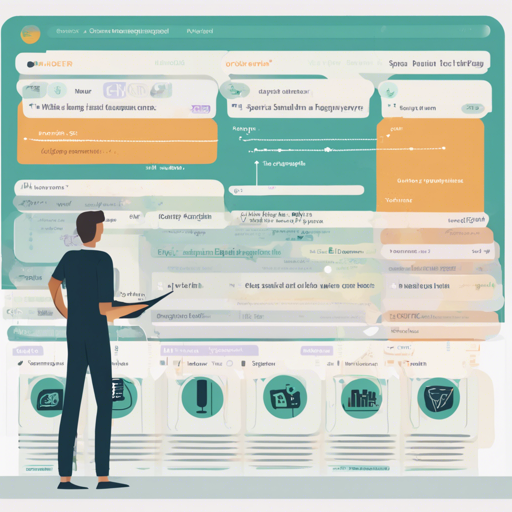Using the **codeswitch-spaeng-pos-lince** model, you can effectively tag parts of speech in sentences that mix Spanish and English. This guide will walk you through the steps to install the necessary package, and how to utilize two different methods to achieve code-switching tagging.
Prerequisites
- Python installed on your machine.
- Pip package manager for installing libraries.
- A basic understanding of Python programming.
Installation Steps
First, you need to install the codeswitch package using pip. Open your terminal or command prompt and run the following command:
pip install codeswitchMethod 1: Using Transformers Library
In this method, we will employ the Hugging Face Transformers library to load the pre-trained model. Here’s how you can do it:
from transformers import AutoTokenizer, AutoModelForTokenClassification, pipeline
# Load tokenizer and model
tokenizer = AutoTokenizer.from_pretrained("sagorsarker/codeswitch-spaeng-pos-lince")
model = AutoModelForTokenClassification.from_pretrained("sagorsarker/codeswitch-spaeng-pos-lince")
# Create a pipeline for part-of-speech tagging
pos_model = pipeline("ner", model=model, tokenizer=tokenizer)
# Tagging a mixed-language sentence
pos_model("your mixed spanish and english sentence here")In this example, think of the tokenizer as a translator who converts your mixed sentence into something the model can understand. Just as an expert translator carefully navigates between two languages ensuring that context, culture, and nuances are preserved, the tokenizer prepares the sentence for analysis by breaking it into recognizable parts.
Method 2: Using the Codeswitch Library
This method utilizes the built-in functionality inside the codeswitch library itself for tagging. Here’s how it works:
from codeswitch.codeswitch import POS
# Initialize POS tagger
pos = POS('spa-eng')
# Your mixed sentence
text = "your mixed sentence here"
result = pos.tag(text)
# Displaying the result
print(result)In this analogy, the codeswitch library acts like a language expert who intuitively knows how to identify the parts of speech without needing step-by-step translations. All you need to do is present your mixed sentence, and the expert quickly applies its knowledge to tag the parts of speech.
Troubleshooting
If you run into issues, consider the following troubleshooting tips:
- Ensure you have the required packages installed. If you encounter an ImportError, double-check your installation of the
codeswitchpackage. - Verify that your Python version is compatible with the packages you are using.
- If the output seems incorrect or incomplete, check your input sentence for any typos or grammatical mistakes.
For more insights, updates, or to collaborate on AI development projects, stay connected with fxis.ai.
Conclusion
Implementing part-of-speech tagging for code-mixed sentences is a powerful tool for processing bilingual data. By leveraging the capabilities of the **codeswitch-spaeng-pos-lince** model, you can gain deeper insights into language patterns in mixed language datasets.
At fxis.ai, we believe that such advancements are crucial for the future of AI, as they enable more comprehensive and effective solutions. Our team is continually exploring new methodologies to push the envelope in artificial intelligence, ensuring that our clients benefit from the latest technological innovations.

